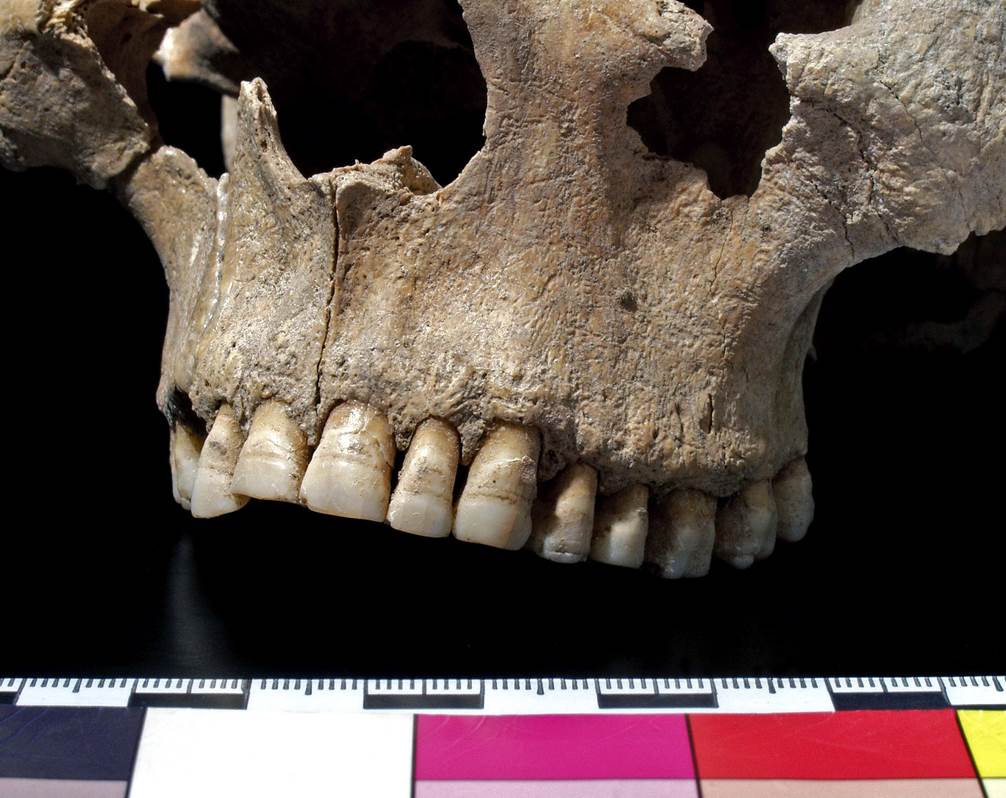The Validity of Skeletal Remains
 Upper jaw of an approx. 40 year old man with lateral striaes in the dental enamel | © Archäologisches Landesmuseum Württemberg, Photographer: M. Schreiner
Upper jaw of an approx. 40 year old man with lateral striaes in the dental enamel | © Archäologisches Landesmuseum Württemberg, Photographer: M. Schreiner
Subproject:
B 06 Humans and Resources during the Migration Period and Early Middle Ages – Anthropological and Bioarchaeological Analyses on Food Resources and the Detection of Migration Movements
Project leadership:
Prof. Dr. Jörg Baten, Prof. Dr. Heinrich Härke, Prof. Dr. Joachim Wahl
Staff:
Nicholas Meinzer, Anne Merker
Region:
Southwest and West Germany, Scandinavia
What does a humans body tell us about his life?
It becomes evident, that the importance of resources in cultural history is not only in the actions of humans, but also directly in their skeletal remains. With this approach, the project ‘Man and Resources in the Migration Period and the Early Middle Ages – Anthropological and Bioarchaeological Analyses on the Use of Food Resources and the Detection of Migration Movements’ examines the Alemannic settlement area in Baden-Wuerttemberg based of Viking Age cemeteries from the 9th to 11th centuries A.D. The skeletal material is examined in detail with reference to age, gender, body height, diseases and nutrition. For example, a clear correlation between grave building/grave inventory and state of health/nutrition could be determined.